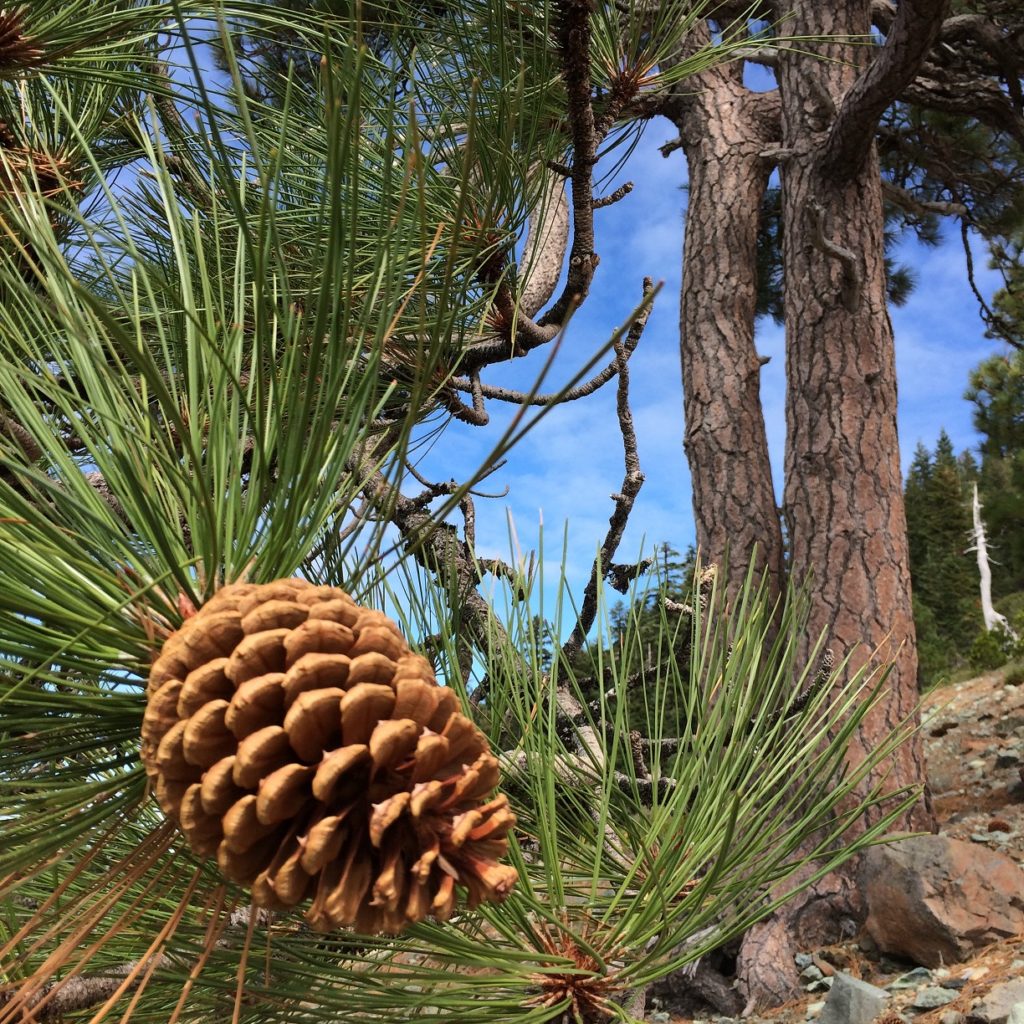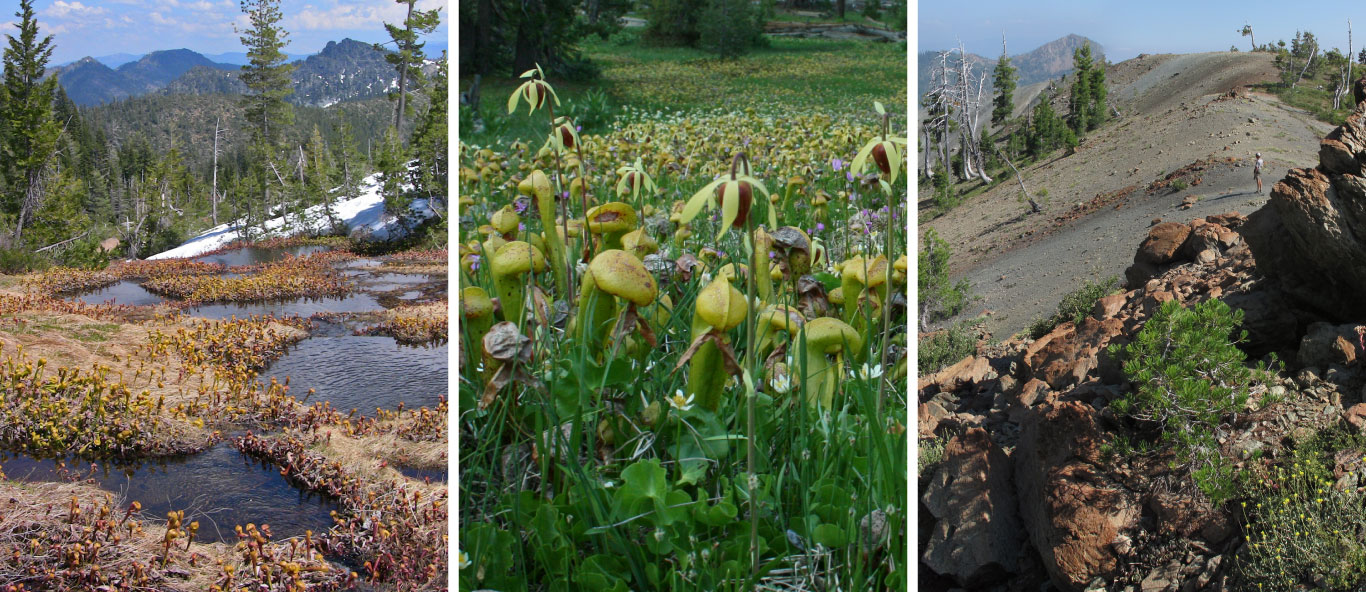A six day series of lessons adaptable for 5th-10th grade
Unit for Smith River Alliance and BFT Youth Stewardship Project
Teaching Resources
- Teacher guide (PDF)
- Jigsaw readings (PDF)
- Editable data sheet (Word)
- Serpentine species evaluation worksheet (Word)
- Field trip guide (PDF)
Statement of Inquiry: “The mineral and chemical composition of serpentine-derived soils is unusual and extreme, leading to high levels of plant speciation and endemism.”-USFS 2018 Conservation Strategy Report
Essential Questions:
- What are endemic species?
- Why do some species live on serpentine?
- How does serpentine soil give rise to new species?
- How does serpentine affect competition among plants?
Objectives: I can…
- Explain the relationship between soil nutrients and plants (knowing/understanding)
- Describe why species are rare or endemic (knowing/understanding)
- Use and reflect on data collection methods (processing/evaluating)

Rationale: The Klamath Mountains are known for their high biodiversity including rare and endemic plant species. Initial survey results for the Bigfoot Trail Youth Stewardship Project indicated a need for Ecology, real world skills such as data collection and analysis, and integration of math and ELA.
Concepts: biodiversity, endemism, ecology, botany, botanical illustration , chemistry, geology
Skills: Science and math: data collection and analysis, graphing, making observations; ELA: interpreting and presenting text, written reflections; Arts: illustration and making observations; Social/emotional: collaboration, cooperation
Overview: Students will determine the requirements of (most) plants. Students will determine why certain plants grow in certain locations by researching plants that grow on serpentine soils. Students will practice the science skills of data collection and analysis by conducting soil tests. Students will analyze class data and reflect on the results of their survey. Students will observe specific plant adaptations to serpentine soil on the Field Trip.
NOTE: this unit includes a Field Trip, please plan accordingly.

Leave a Reply
You must be logged in to post a comment.